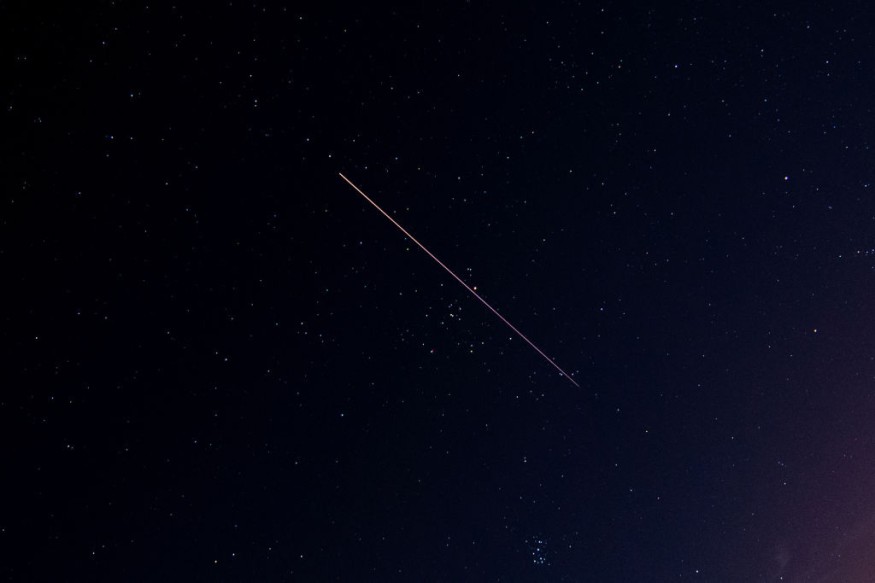A massive asteroid with a comparable size bigger than Burj Khalifa, the tallest building in the world, and The Shard, the tallest building in the UK, is continuing its fly-by on Earth at 03:00 a.m. ET (local time) on Friday, March 4.
The asteroid is relatively close to the planet but will safely pass on Friday.
Classification and Type

The National Aeronautics and Space Administration (NASA) classified the massive asteroid called "2001 CB21" or "13871" as a Potentially Hazardous Asteroid (PHA). NASA reportedly classifies asteroids with less than 7.5 million kilometers (4.6 million miles) under the PHA asteroid category.
According to NASA's Center for Near-Earth Objects Studies (CNEOS), 2001 CB21 belongs to the near-Earth asteroids (NEAs) and it is characterized as a mid-sized asteroid.
NEAs are named after the Apollo asteroid discovered in 1862.
Asteroid Size and Distance
Astronomers compared the asteroid to the width size of the Eiffel Tower and the Golden Gate Bridge.
The asteroid has a diameter of approximately 1.3 kilometers (0.81 miles) and was first discovered in 2001 when the asteroid was more than 20 million miles away from Earth.
When the asteroid passes Earth, it will have a distance of 4.8 million kilometers (3 million miles) from our planet.
The distance is significantly farther from the moon-whose distance is only 384,000 kilometers (238,606 miles) from Earth.
Speed and Potential Impact
The massive asteroid is traveling at a speed of approximately 59,000 kilometers per hour (36,000 miles per hour).
However, there were no immediate reports of a potential impact or indirect effect on Earth's atmosphere.
According to Europe's Virtual Telescope site, the PHA and Apollo-designated type of asteroid will pose no risk on Earth.
The astronomy group said the asteroid is visible on the night sky as a moving sharp dot-wherein the stars surrounding it appear to be "slightly elongated."
Planet-Killing Asteroids
The impact of an asteroid on a planet is dependent on its size and speed. Other factors may include the gravity or the composition of the asteroid or other space rocks.
It is through these factors astronomers determine how wide will be the impact of an asteroid hitting Earth.
A space rock has the potential become a planet-killing asteroid if their size exceeds the conventional measurement that would only affect a certain region or continent.
For instance, the Chicxulub asteroid has a radius size of 5 kilometers (3.1 miles), which can be seen in the Chicxulub crater impact site in Mexico.
According to Space.com, the Chicxulub asteroid has been considered a planet-killing asteroid responsible for wiping out the dinosaurs 65 million years ago.
Since then, there have been no asteroids of their kind that hit Earth.
With the potentially hazardous 13871 (2001 CB21) asteroid being bigger than The Shard, it will potentially be catastrophic on a regional level if it hits the Earth.
Luckily, people can only view the space rock when it safely fly by Earth in the coming days.
The massive asteroid was first discovered in February 2001 where its name 2001 CB21 was derived from.
Near-Earth objects like asteroids and comets pass through Earth at a certain period in time.
Prior to their arrival, astronomers usually provide their names, characteristics, distance, and speed.
Related article: 'Potentially Hazardous' Asteroid Expected to Fly by Earth on March 4
© 2025 NatureWorldNews.com All rights reserved. Do not reproduce without permission.





